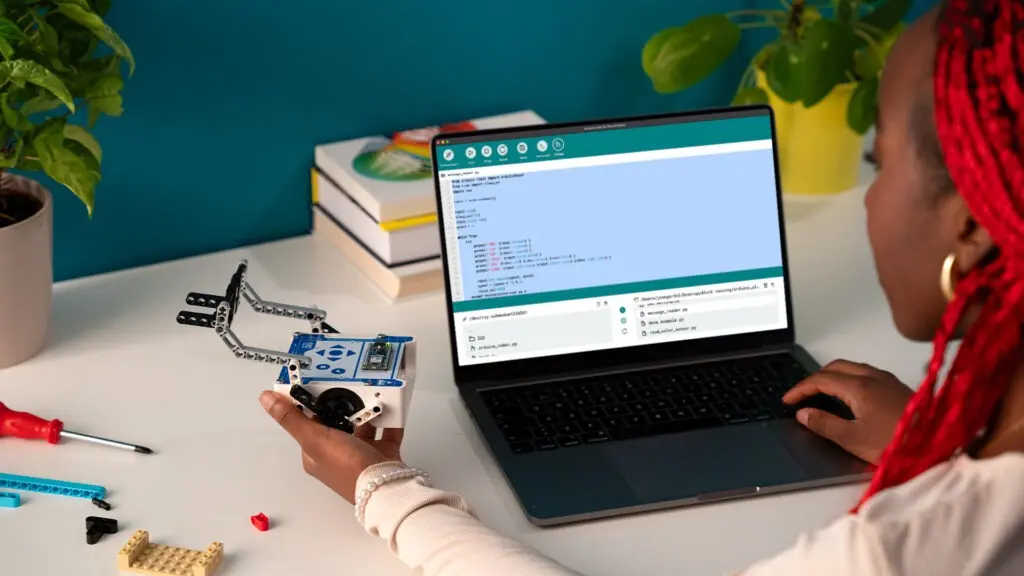Schlagwort: STEM Education
-

Why is STEAM education important for kids? 6 activity tips
Reading Time: 4 minutesSchool’s out for summer – at least for most of us. While the majority of children (and teachers!) will probably be breathing a huge sigh of relief, parents face a new challenge: how to keep kids engaged during the long break. Of course, downtime is important, but there are also loads of…
-

Meet David Cuartielles, Arduino co-founder with a passion for education
Reading Time: 3 minutesSince very early on I developed an interest in education. During my studies I worked as afterschool teacher in math, physics, chemistry, and languages. Shortly after graduating from my MSc in Engineering I became a teacher at the School of Arts and Communication at Malmo University, Sweden. For over a decade I…

